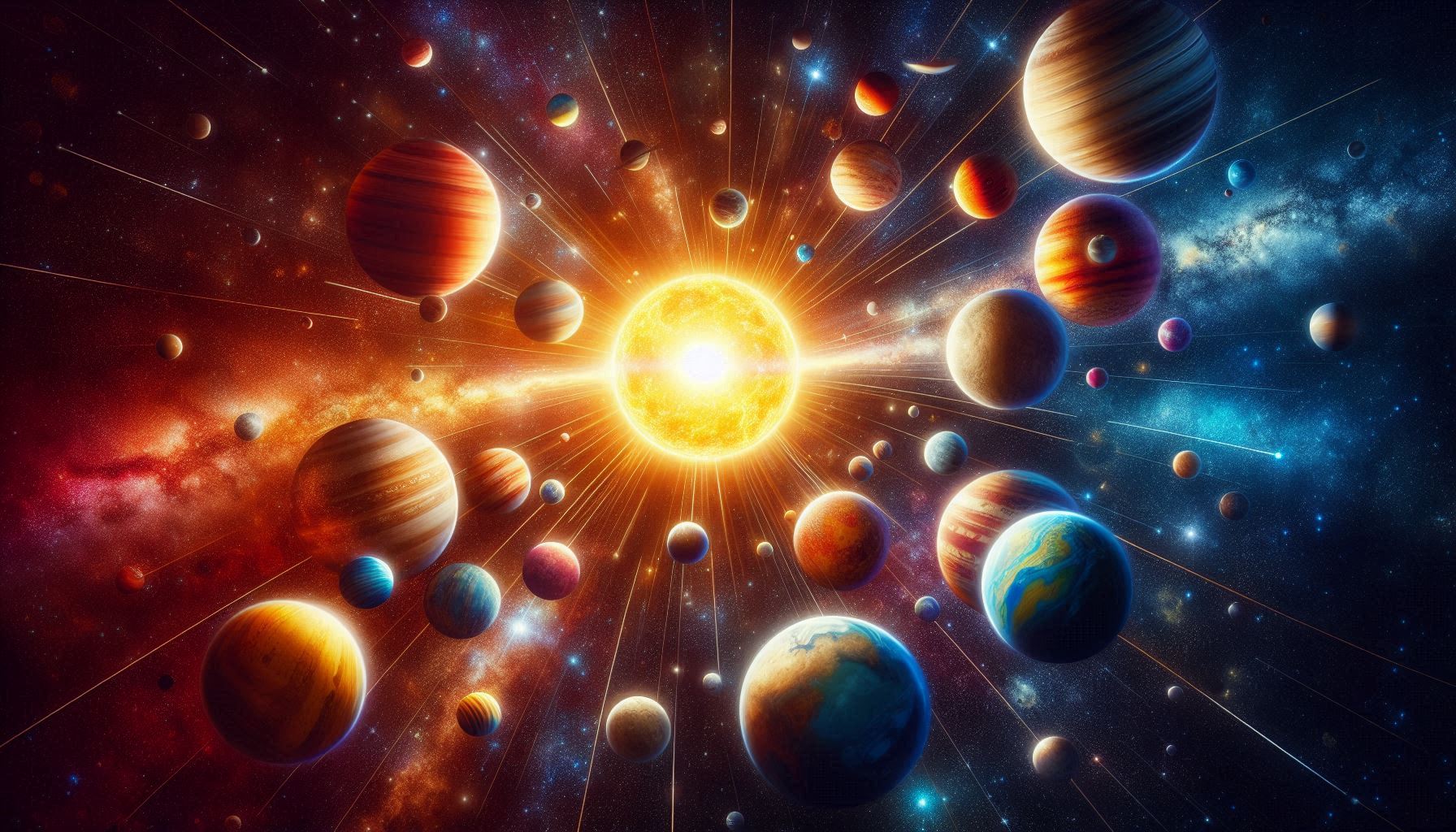While studying the orbit, I found out that the range of a star system where the conditions are right for Earth’s living organisms to survive is called the habitable zone. The conditions are that there is a sufficient atmosphere and liquid water can exist on the planet’s surface. In the solar system, the range seems to be 0.97 to 2 times the average distance between the sun and the earth. It seems that if it is closer than this, it is too hot, and if it is farther away, it is too cold, so 0.97 is right at the limit of being too hot.
Habitable conditions for life
Looking more closely at the conditions, they appear to be as follows:
- The planet must have sufficient mass to support a stable atmosphere.
- The surface temperature of the planet must be between 0 and 100°C, allowing liquid water to exist stably.
- The distance from the sun must be appropriate to meet condition 2.
- The planet must orbit the sun in a nearly circular orbit, with minimal fluctuations in the energy it receives from the sun.
Other factors include the fact that planets do not form near stars that emit strong ultraviolet rays, so the amount of ultraviolet rays from the sun must be moderate, the Earth’s rotation speed, and the amount and composition of the atmosphere must also be appropriate, etc. The temperature range of 0 to 100 degrees Celsius seems a little too broad for life to live, but when you look at it this way, the conditions that Earth meets are amazing.
Habitable Zone Boundaries
The inner boundary closer to the sun is determined by whether water starts to evaporate, and the outer boundary farther from the sun is determined by whether water starts to freeze. Once evaporation begins, the greenhouse effect of water vapor becomes stronger, and the temperature continues to rise, resulting in a runaway greenhouse state, and once freezing begins, the albedo (reflectance of sunlight) increases, and the temperature continues to fall, resulting in a global frozen state. For this reason, the inner boundary condition is called the runaway greenhouse condition, and the outer boundary condition is called the global frozen state. It seems that the boundaries are expected to experience extremely violent phenomena.
The Moon and Mars may also meet the criteria.
Mercury and Venus are close to the sun, so their surface temperatures are too high for liquid water to exist stably, and Jupiter and Saturn are gas giants, so water also cannot exist stably there. In that respect, the Moon and Mars can be said to be in the habitable zone, as traces of past water have been found on them. There is an image that research is being done into the possibility that life once existed on them, and they are rare planets that meet the conditions.
Further conditions
Among the various conditions of the habitable zone, there is a theory that the internal temperature at the time the planet was formed is also an important factor. Normally, the internal temperature is lowered by mantle convection, which keeps the surface at an appropriate temperature, but the effect of mantle convection on Earth seems to be weak, and it is thought that the temperature was already just right from the early stages of its formation.

Habitable Zone, Amazing
The conditions for life to be habitable seem quite strict, so it’s amazing that we have met them. And it’s amazing that the Earth’s position and temperature have been just right since its birth. The habitable zone is amazing. The existence of the Earth is amazing.


